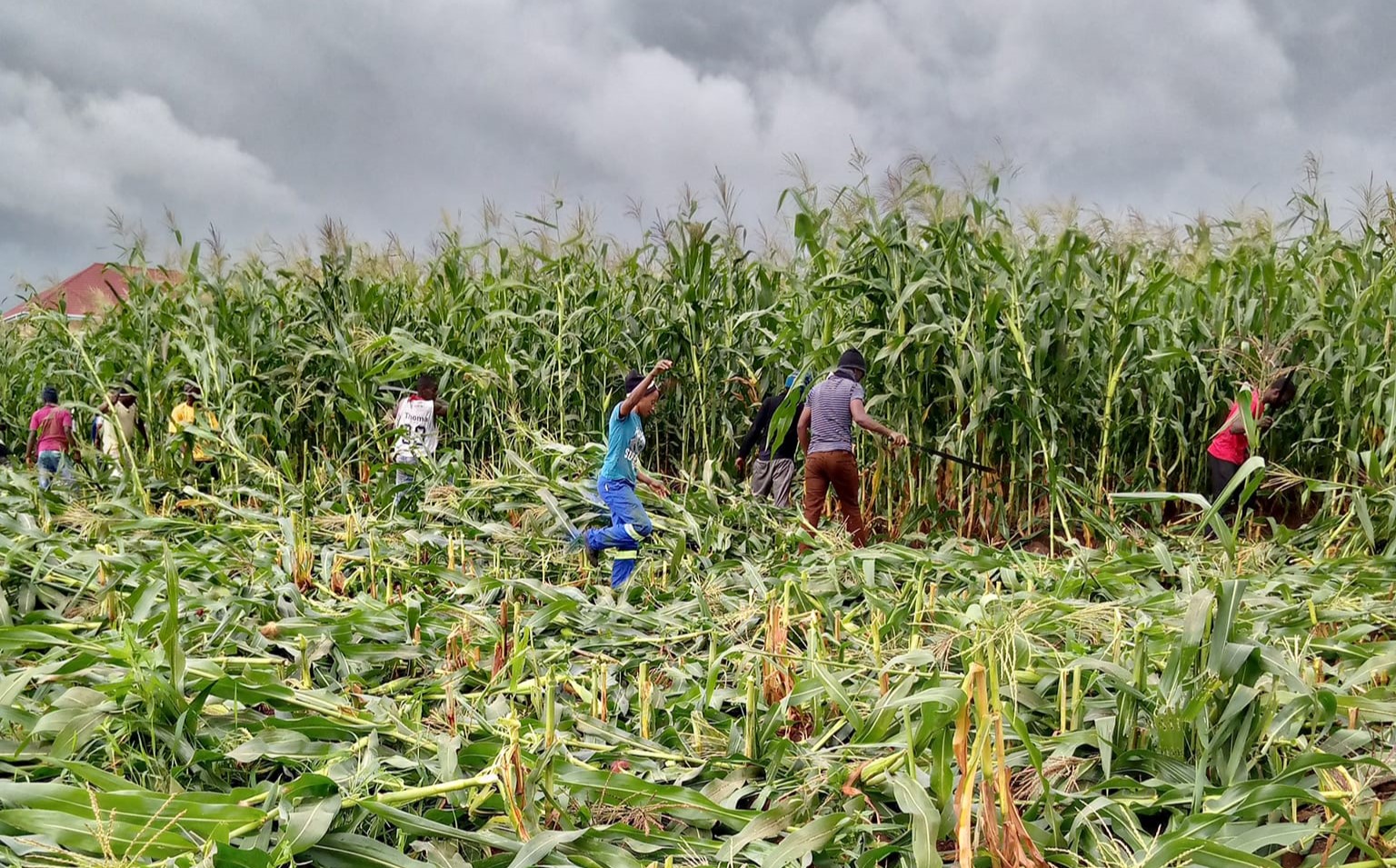Rural industrialisation strategy a good idea, but…
Government, through the Ministry of Trade, Industry and Tourism, is set to roll out the National Rural Industrialisation Strategy to spur economic growth. The strategy is designed to create entrepreneurship opportunities in rural areas.
Government should be commended for developing a national strategy that specifically targets people in rural areas for industrial development. For a very long time, people in the rural areas, who represent 80 percent of the national population, have been marginalised in as far as sharing national resources is concerned.
On top of that, previous development strategies do not seem to have any meaningful impact on promoting economic growth at the required level to lift rural people out of poverty. Just last week, Premier Consult Limited confirmed the inevitable truth that the Vision 2020, Malawi’s premier national growth and development strategy, failed to meet its targets.
Malawi’s inaugural growth and development strategy failed to reduce poverty. Approximately 50.7 percent of people still live below the poverty line of $1.09 (about K1 406) per day, while 25 percent of the population live in extreme poverty. This is well below the $1 006 (about K744 440) required to qualify for middle-income status.
Twenty-five years on, and currently in its third iteration of the Malawi Growth and Development Strategy (MGDS III), Malawi is still grappling for answers to address its economic malaise. And it is people in rural areas who have borne the brunt of these policy failures.
They remain the poorest people in the country, at least 60 percent of them living below the poverty line. Only two percent of the rural population have access to electricity, despite constituting 80 percent of the national population.
Government has, therefore, banked on the National Rural Industrialisation Strategy to spur economic growth, create viable employment and entrepreneurship opportunities for people in rural and urban areas.
On face value, this looks like a key step in Malawi’s drive to promote economic inclusion. Frankly, I have always had reservations whether our development strategies, including the MGDS III, would resolve inequalities inherent in the national economy.
Granted, with their emphasis on industrialising and promoting the technological and service industries, these development strategies can promote economic growth in the long term, but such interventions only benefit the highly educated and tech savvies who can be employed in those sectors.
The average rural people, with their basic education and lack of technical skills, remain stuck in their dead-end subsistence farming. Those who are lucky get menial jobs in companies where they are paid paltry wages for their work. None of which can lift them out of poverty.
The best way to lift rural people out of poverty is to empower them to add value to their produce. Not only does it afford them a chance to generate more revenue, but it also creates employment opportunities for residents in the community to exploit.
However, before this rosy dream of a utopian rural society can be realised, government will have to address the energy supply problems that have dodged the country in recent years. Industrialisation demands electricity, and if the perennial blackouts are anything to go by, the nation just doesn’t seem to have enough power.
It has to be noted that electricity access in rural areas is currently at two percent. Not that the situation is better in the urban areas. As it stands now, perennial power outages in the past two years have plunged Malawi in a state of de-industrialisation.
As it stands now, the Electricity Supply Corporation of Malawi has a gap of 47 megawatts to meet the current demand of 330 megawatts. The rise of new manufacturing plants, will definitely push this demand upwards.
It is hard to imagine how government will boost its power generation to reach all these people and accommodate new entrants, let alone in the power-intensive manufacturing industry. Quite frankly government doesn’t seem to know how best to address this problem in the short-term.
But Capitol Hill will be well aware that the success of the rural industrialisation strategy will depend on how it addresses the national power shortages and connects the rural masses to the national grid. Otherwise, this will be another Vision 2020—a very ambitious and promising enterprise that yields little discernible results.



